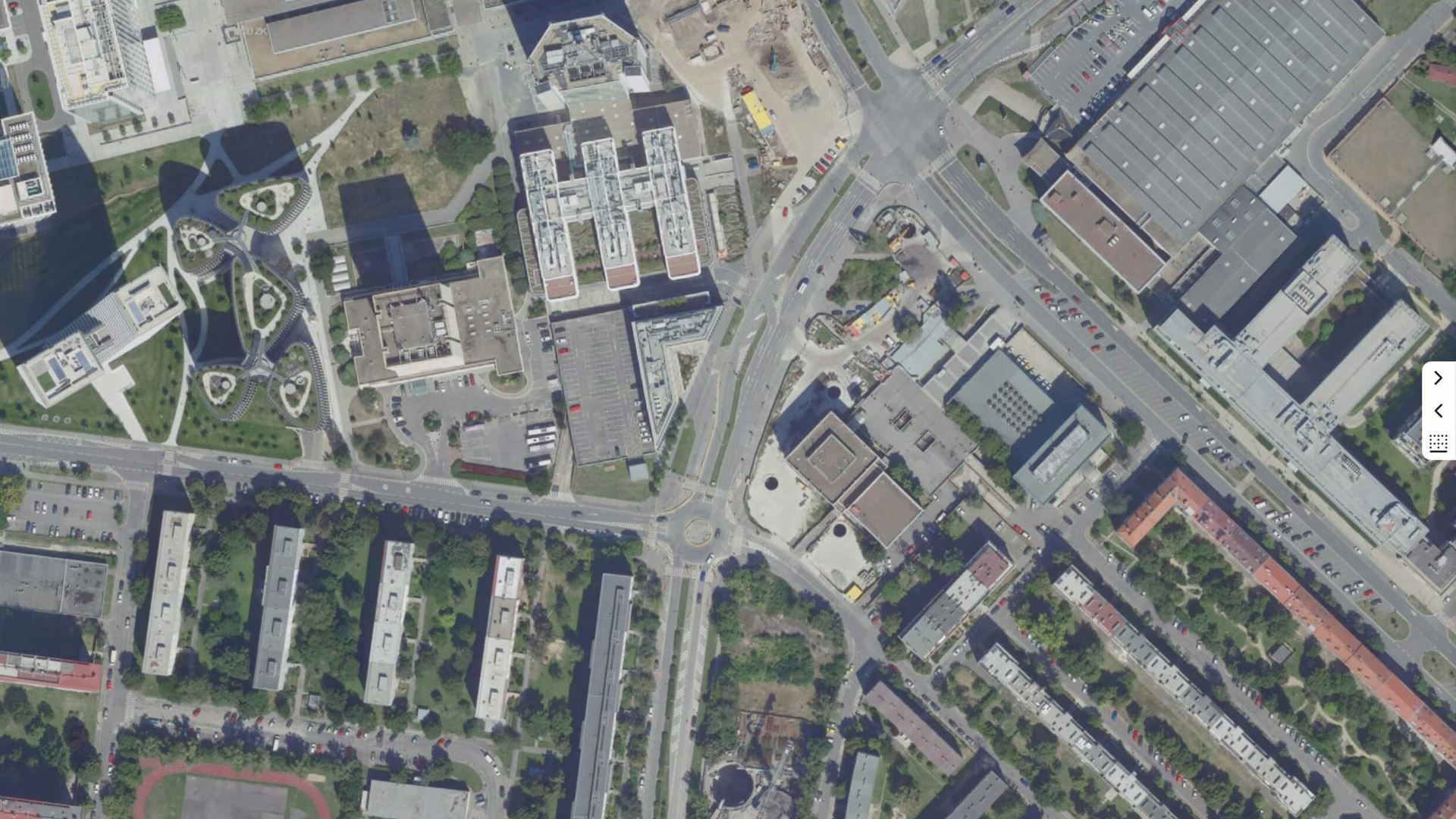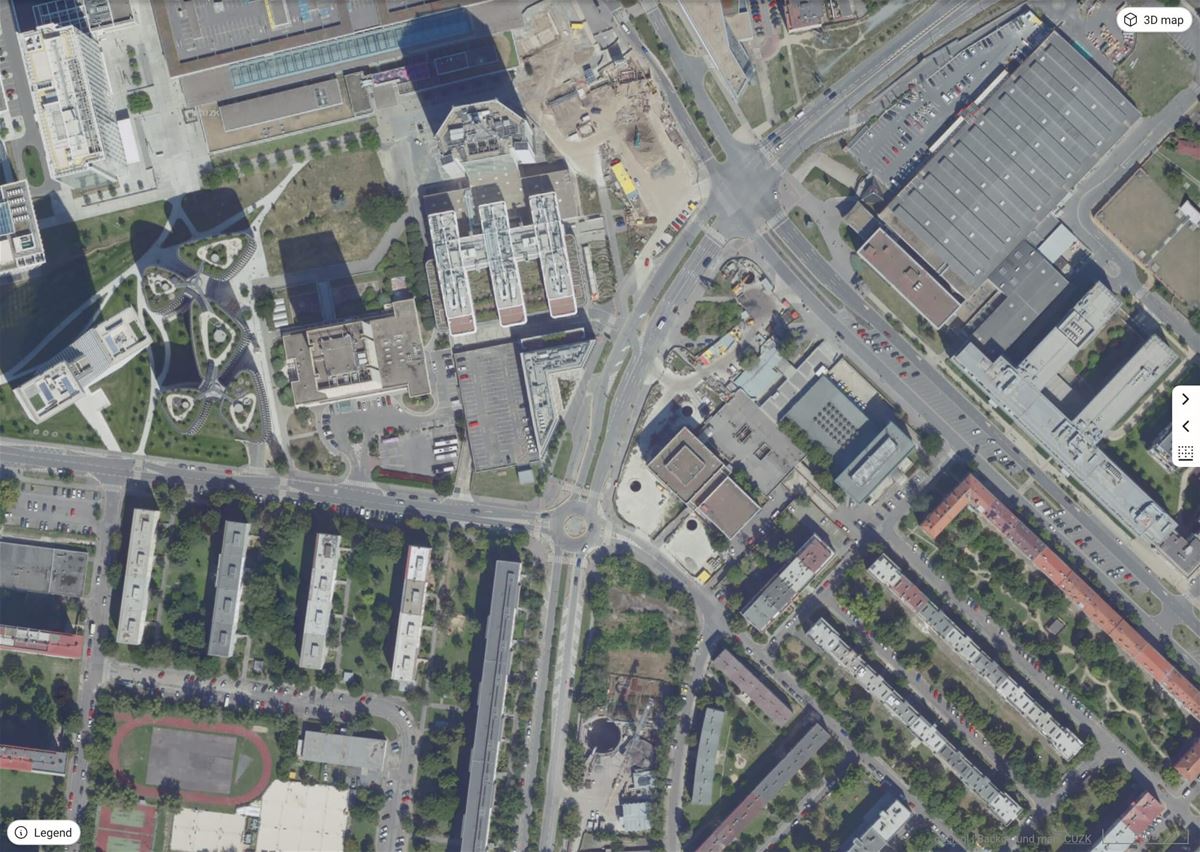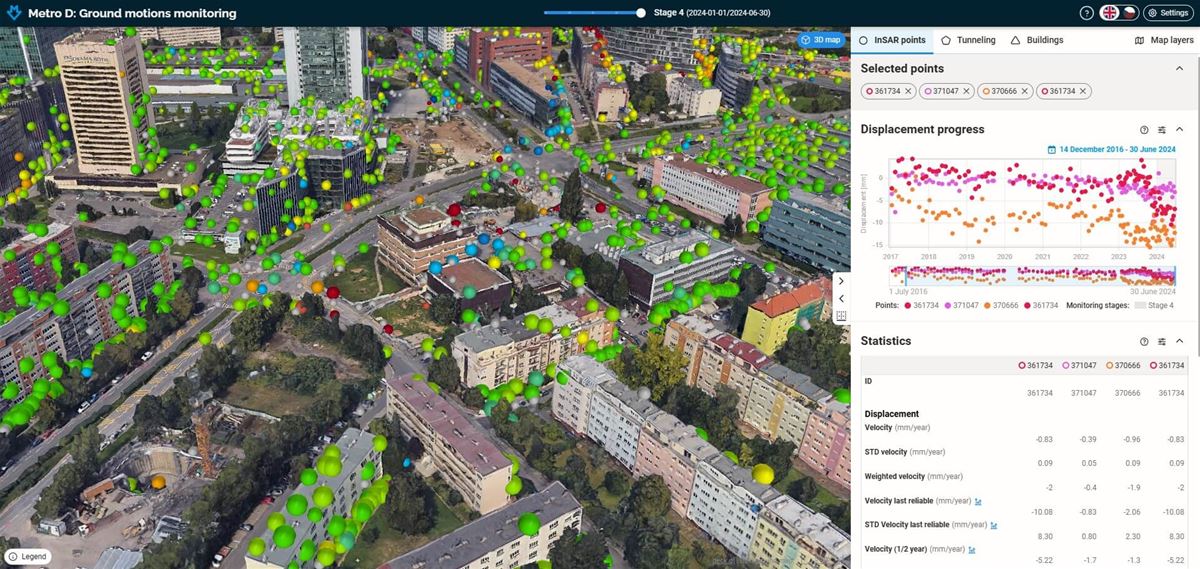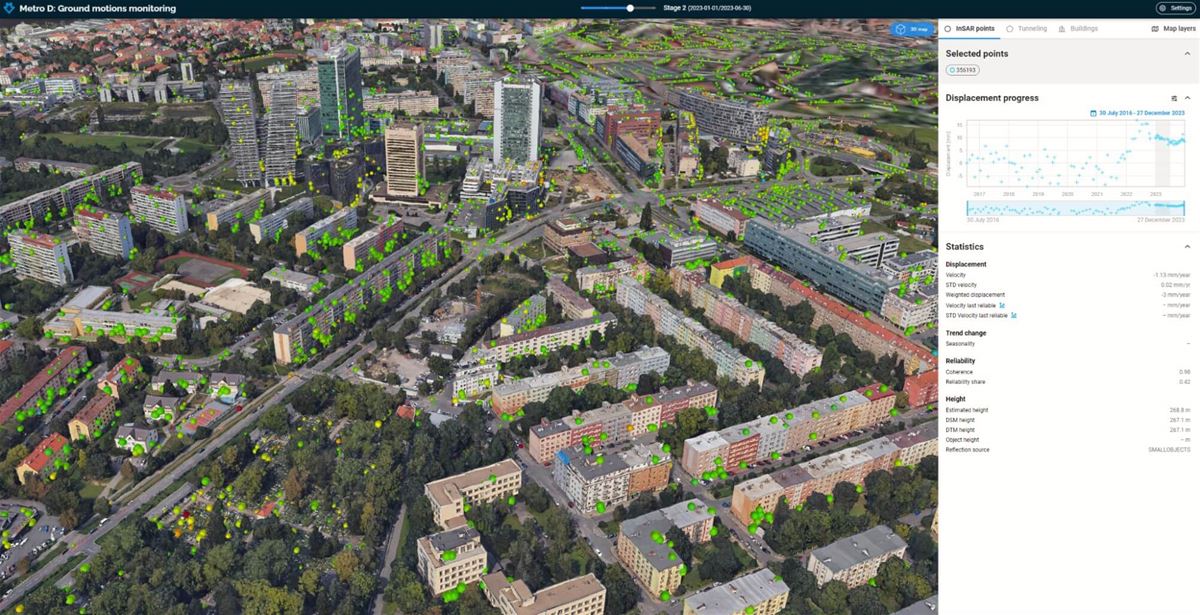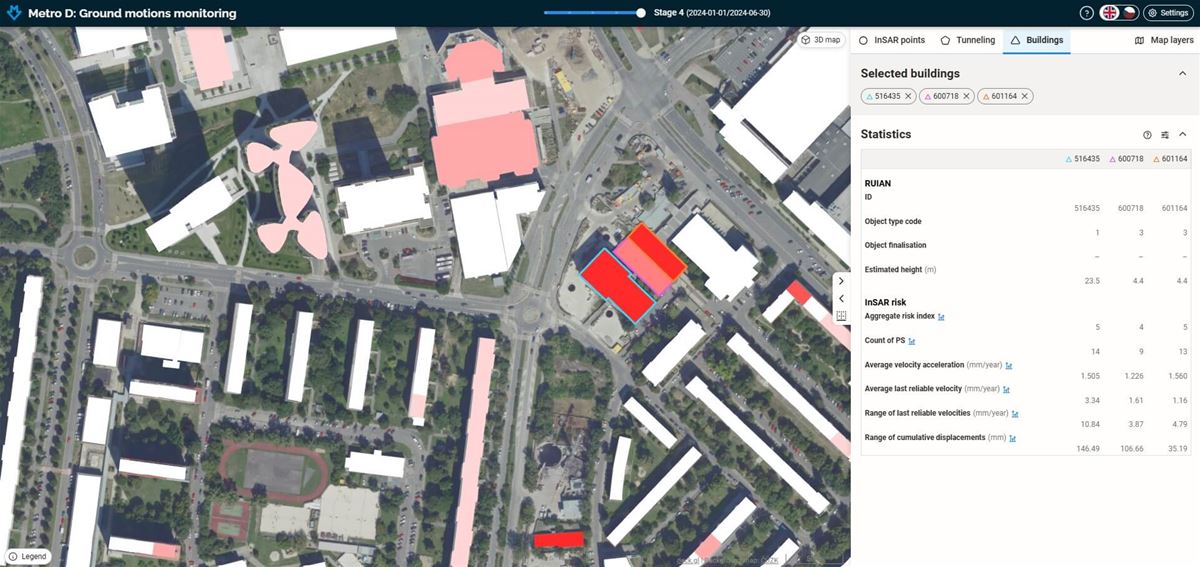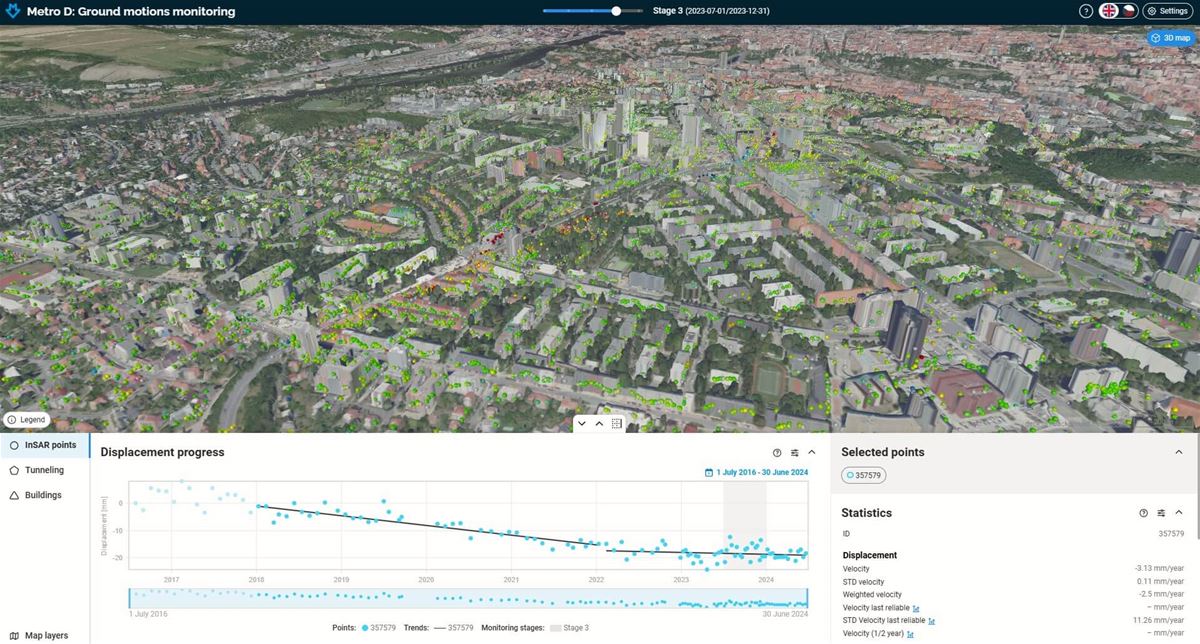Situation
Prague is getting a long-awaited fourth metro line
Excavating a subway in an urban area with complex geological conditions presents a technical challenge from both construction and geotechnical monitoring perspectives.
As part of the construction of metro line D in Prague, comprehensive geotechnical monitoring is provided for the Prague Public Transit Company. This is complemented by continuous monitoring of surface deformations using satellite radar interferometry (MT-InSAR) technology. The subcontract aims to detect surface movements in urban buildings with high accuracy and wide coverage without the need for point stabilization, thus supplementing measurements taken at stabilized geodetic monitoring points.
